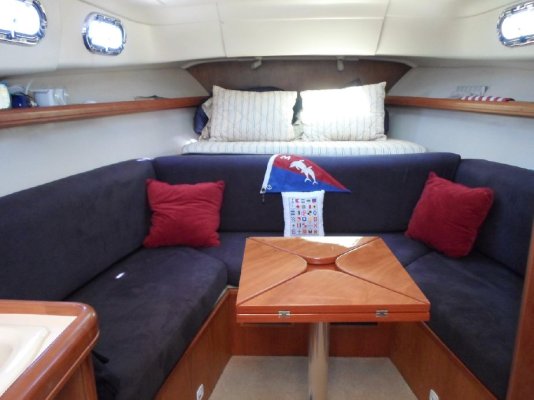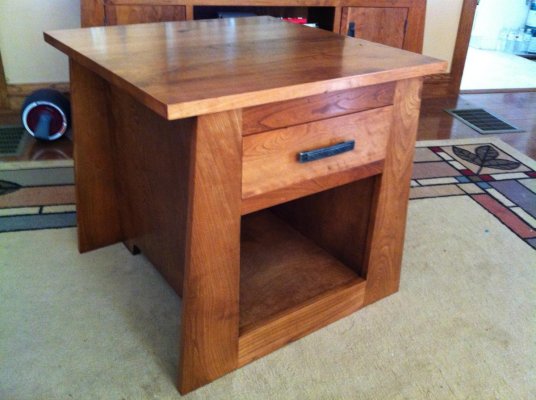jskinner30PII
Senior Member
I have a table similar to the one pictured. The varnish is cracked along the edges. I want to sand and varnish and refinish. My questions are the following. What type of finish did Main ship use on these tables? Will Helmsman varnish be a good product to use to refinish? I have seen similar tables that look to be made of the same type of wood on dozens of boats. Wasn't sure since it's a marine application that I should be using something special?
Thanks Jeff.
Thanks Jeff.







